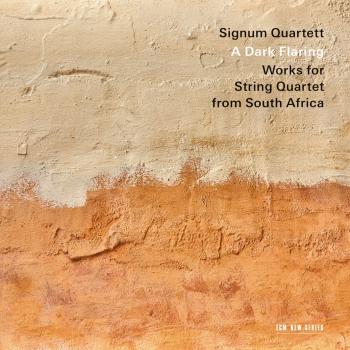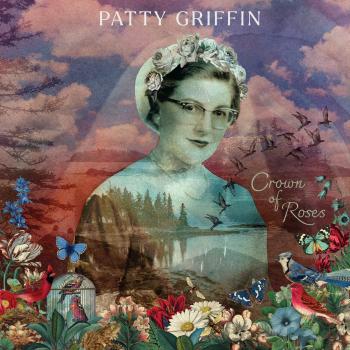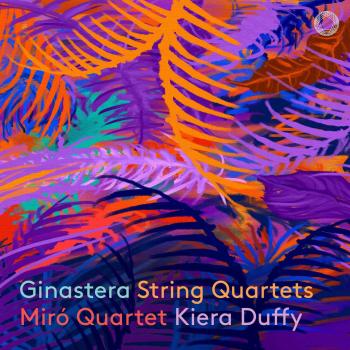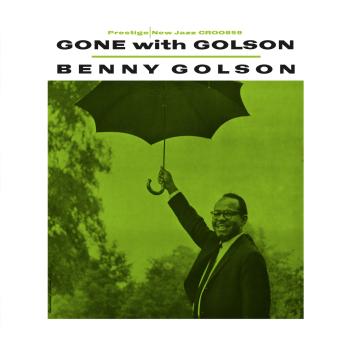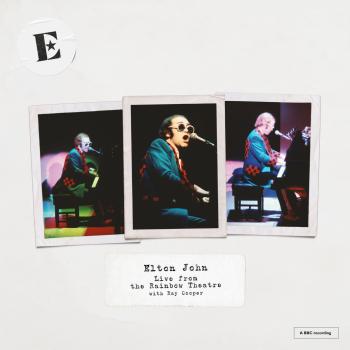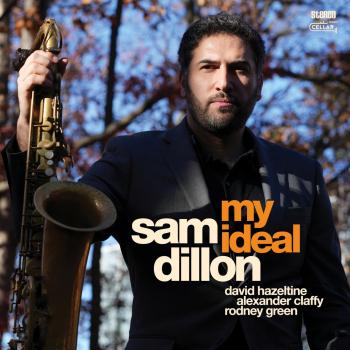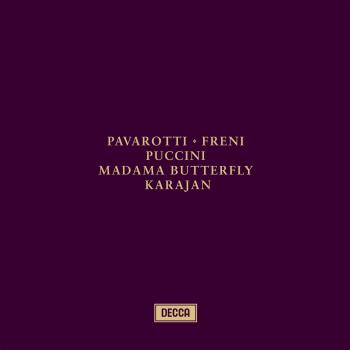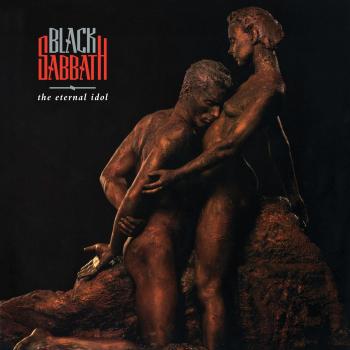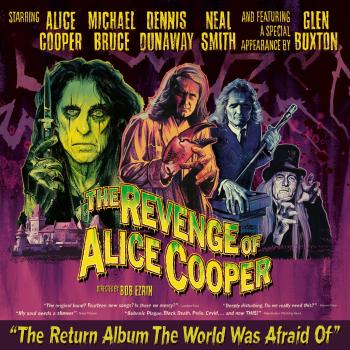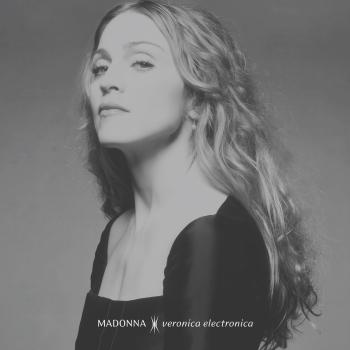
Mozart: Violin Concerto No. 5 / Mendelssohn: Violin Concerto in D Minor Vesko Eschkenazy
Album info
Album-Release:
2003
HRA-Release:
29.08.2012
Label: Pentatone Records
Genre: Classical
Subgenre: Orchestral
Artist: Vesko Eschkenazy
Composer: Wolfgang Amadeus Mozart
Album including Album cover Booklet (PDF)
- Violin Concerto No. 5 in A major, K. 219
- 1 I. Allegro aperto 10:00
- 2 II. Adagio 10:25
- 3 III. Rondeau (Tempo di menuetto) 08:33
- Rondo for Violin and Strings in A major, D. 438
- 4 Adagio - Allegro giusto 13:59
- Violin Concerto in D minor
- 5 I. Allegro molto 09:15
- 6 II. Andante 07:59
- 7 III. Allegro 04:52
Info for Mozart: Violin Concerto No. 5 / Mendelssohn: Violin Concerto in D Minor
STROKES OF YOUTHFUL GENIUS: In the year of Wolfgang Amadeus Mozart’s birth, 1756, his father Leopold published one of the most influential of all violin methods: The School of Violin Playing. It was therefore hardly surprising that young Wolfgang was taught the violin from an early age – although no one could have predicted his astounding progress. During the 1770s, he made appearances as a violin soloist in several Austro-German musical centers (including Vienna), and following one concert in Munich in 1777, reported proudly to Leopold: "I played as if I were the greatest fiddler in all of Europe." – Four out of the five authenticated violin concertos by Mozart were composed during an eight-month period between April and December 1775, probably as a means of ingratiating himself with his employer, the Archbishop of Salzburg. Irrepressible energy and good humor is everywhere apparent in the opening Allegro aperto of the so-called "Turkish" Concerto, although contemporary audiences found the intensity of feeling generated by the heartfelt central Adagio so perplexing that Mozart composed a replacement, K. 261, the following year.The rondeau finale, however, was an instant hit, especially the "noisy" third episode composed in the extremely fashionable alla turca style, with cellos and basses instructed to play with the wood of their bows. – Perhaps the single most astonishing aspect of Schubert’s timeless artistry is that he achieved all he did in a lifetime spanning a mere 31 years. Largely undervalued in his day, it was not until the present century that the full scope of Schubert’s genius was finally appreciated. Of the three works he composed for violin and orchestra, the Rondo in A, composed in June 1816 during his first flush of success, is the most popular. Schubert was still only 19 at the time, yet the tantalizing combination of profound joy and sadness that lies at the heart of his creative psyche is already simmering gently beneath the music’s surface. – Felix Mendelssohn was the most precociously gifted composer the world has ever known: not even Mozart could lay claim to having produced burning masterpieces while still in his mid-teens. By this time Mendelssohn had already reached compositional maturity alongside his other achievements as a double prodigy on the violin and piano, an exceptional athlete, a highly gifted poet, multi-linguist and watercolorist, and an inspired philosopher more than capable of holding his own with learned Berlin University professors. He excelled at virtually anything that could hold his attention for long enough, although it was music that above all activated his creative imagination. His earliest surviving attempt at concerto writing is the 1822 D minor Violin Concerto, an invigorating work in three movements which clearly demonstrates the 13-year-old’s advanced understanding of late Classical style. Both Mozart and Haydn are present in the stylistic mix, as is the flowing Italianate lyricism and sparkling orchestration of Rossini. If the violin writing lacks the intuitive flair of the much later E minor Concerto, it is still a remarkable achievement for a composer barely into his teens. (Julian Haylock)
"In this case, the label has succeeded in every way, producing a multi-channel hybrid SACD that boasts lustrous string sound, weighty but clear bass and excellent performances of the violin concertos.” Artistic quality:10 / Sound quality 10 (Michael Leibowitz, ClassicsToday.com)
Vesko Eschkenazy, violin
Concertgebouw Chamber Orchestra
Marco Boni, Conducted
Recorded August 2001, MCO Studio 1, Hilversum,The Netherlands
Recording producer: Job Maarse
Balance engineer: Erdo Groot
Recording engineer: Matthijs Ruijter
Editor: Dirk Fischer
Vesko Eschkenazy
The Violinist Vesko Eschkenazy was born in the Bulgarian capital of Sofia in 1970. He passed his final examination at the local school of music in 1990. He continued his studies withYfrah Neaman at the Guildhall School of Music, London, taking the soloist’s diploma in 1992. He has won prizes in several violin- playing competitions, such as the Polish Wieniawski competition (along with Maxim Vengerov) and the Carl Flesch competition in London. He has performed as a soloist with the Royal Philharmonic Orchestra, London Philharmonic Orchestra, English Chamber Orchestra, C.P.E. Bach Chamber Orchestra, Monte-Carlo Symphonic Orchestra, Orquesta Sinfonica del Estado di Mexico, National Irish Symphony Orchestra, Prague Symphony Orchestra and Philharmonic Orchestra of Sofia. He has also made appearances with the MIDEM in Cannes, Radio France in Montpellier, the Nantes and Reims festivals, the Varna summer festival and the New Year festival in Sofia. He has played with such famous conductors as Riccardo Chailly, Sir Colin Davis, Carlo Maria Giulini, Bernard Haitink, Kurt Masur and Seiji Ozawa. In December 1997 he made his début in the Concertgebouw, Amsterdam, with Beethoven’s Violin Concerto. He returned there in 2000 to play Khachaturian’s Violin Concerto on six consecutive evenings. Since January 2000 Vesko Eschkenazy has been first leader of the Royal Concertgebouw Orchestra.
Marco Boni
Marco Boni comes from a musical family. He studied piano, horn and cello at the Milan conservatory and took his final examination under the guidance of Rocco Filippini, gaining a distinction. He began his career as a solo cellist in theTeatro Comunale in Bologna. Since then he has appeared at festivals both in Italy and abroad, working with Salvatore Accardo, Yuri Bashmet, Bruno Giuranna, Rocco Filippini, Bruno Canino, Susanna Mildonian, PaulTortellier and Sándor Végh. Since his appointment as permanent conductor of the Concertgebouw Chamber Orchestra, conducting has increasingly been the focal point of his musical activities. He has performed with the Scottish Chamber Orchestra, the Hungarian State Philharmonich Orchestra, the Orchestra of the Maggio Musicale Fiorentino, the Italian Philharmonic Orchestra, the Orchestra delTeatro Massimo di Palermo, the Orchestra da Camera di Mantova, the Orchestra Haydn di Bolzano, the OrchestraToscanini di Parma, the Filarmonici delTeatro Comunale di Bologna, the Virtuosi di Santa Cecilia and the Virtuosi Italiani. He has undertaken successful tours with the Concertgebouw Chamber Orchestra in Italy, Japan, Belgium, Portugal (with Maria João Pires as soloist) and Spain, and has made several CD recordings with the orchestra. With the Virtuosi Italiani he has recorded previously unpublished works by Nino Rota. CD recordings with the London Symphony Orchestra have been planned.
Concertgebouw Chamber Orchestra
The Concertgebouw Chamber Orchestra (Concertgebouw Kamerorkest) was founded in 1987 and consists of members of the Royal Concertgebouw Orchestra of Amsterdam. Before that time it was called the Amsterdam Chamber Orchestra (Amsterdams Kamerorkest). The ensemble made numerous recordings between 1957 and 1987, conducted by the likes of André Rieu and Anton van der Horst, and it took part in significant national events such as the coronation of Queen Beatrix on 30 April 1980 and the state visit of US President George Bush in 1989.The Concergebouw Chamber Orchestra also made a name for itself internationally: recent performances include concerts in Belgium, Italy, Spain, Germany, Finland, Portugal and Japan. In addition CD recordings are made regularly for several labels. The recording released in 1999 of Mahler’s arrangements of string quartets by Schubert ("Death and the Maiden") and Beethoven (Op. 95) earned BBC Music Magazine’s highest accolade (five stars) for artistic direction and recording quality. Among the soloists to have performed with the Concertgebouw Chamber Orchestra are Maria João Pires, Friedrich Gulda, Eliane Rodrigues, Lynn Harrel, Jaap van Zweden, Isabelle van Keulen, Janine Jansen, Rudolf Koelman, Quirine Viersen, Jacob Slagter and Vesko Eschkenazy. Since 1995 the ensemble’s permanent conductor has been the Italian Marco Boni.
Booklet for Mozart: Violin Concerto No. 5 / Mendelssohn: Violin Concerto in D Minor

